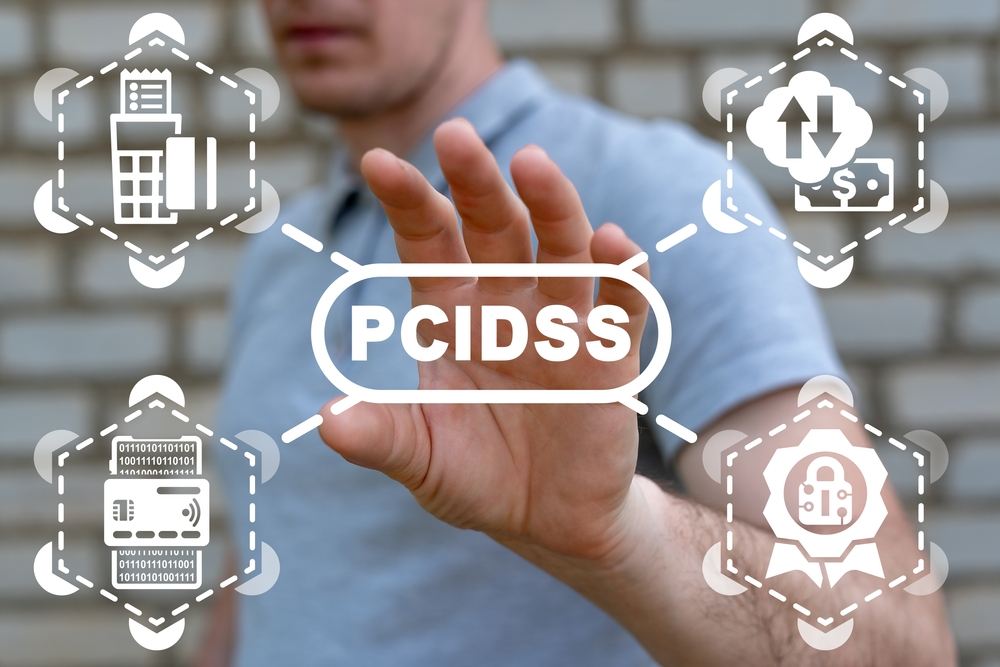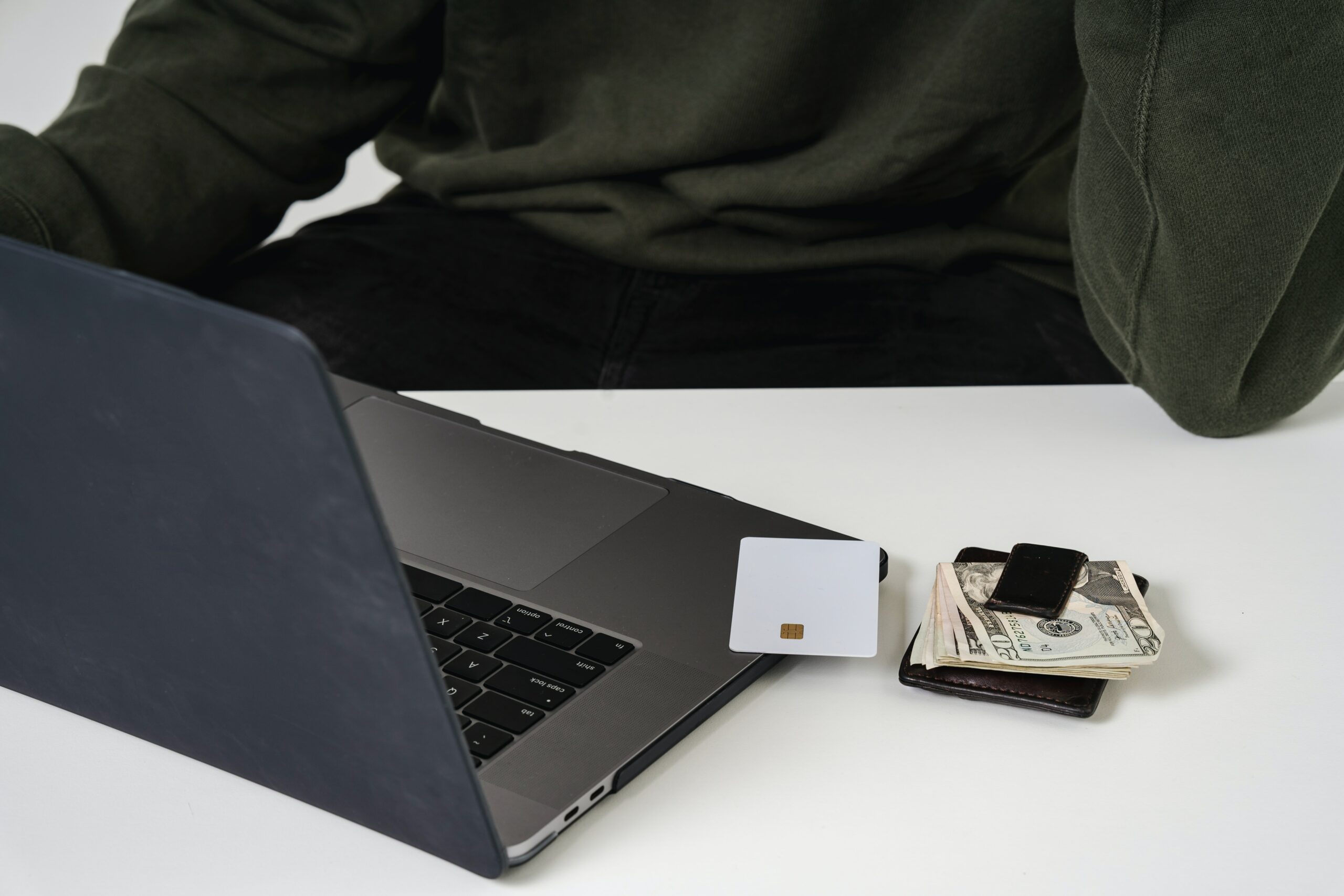
PCI Compliance: Your Guide to Total Payment Security
Card payment security is paramount for any organization that accepts online payments. After all, security breeds public trust sets a standard of organizational professionalism and encourages future transactions between organizations and their customers. And with credit card payments comprising over 47% of all e-commerce transactions, safeguarding these card transactions is essential to the financial success of businesses.
But how can you measure security? As your organization reviews its internal payment system, how can you distinguish between a poor and a secure payment processor? You must search for a system that offers payment card industry (PCI) compliance.
Throughout this guide, we’ll look at the essential security metric of PCI compliance, address your most important questions, review PCI data security standard (DSS) best practices, and offer our top choice for secure payment processing.
What is PCI Compliance?
Payment Card Industry (PCI) compliance refers to the Payment Card Industry Data Security Standard (PCI DSS). PCI DSS is a checklist of rules and requirements created by the major credit card companies to ensure that merchants securely handle customer information.
Merchants, service providers, and other payment processing entities are held to this standard to protect cardholders from fraud, data leaks, and the theft of their personal and financial details.
The certification for PCI compliance is ultimately administered and managed by the PCI Security Standards Council. This Council determines which organizations are up to code, and they have the power to fine merchants determined to be out of compliance until they bring their systems up to standards.
However, organizations aren’t just given a broad stamp of approval for whether or not they qualify as “PCI-compliant.” The Council recognizes various levels of compliance, with Level 1 being the highest, most trusted, and most secure designation possible.
Why is PCI DSS Compliance Important For Your Organization?
As we’ve discussed, PCI compliance isn’t just some arbitrary metric or a gentle suggestion—it’s the official standard by which merchants are mandated to uphold their payment security for card-related transactions. And it’s no wonder why—studies show that over 18 million websites are infected with malware each week, and 34% of businesses that are hit with malware take a week or more to regain data access.
If your organization holds, handles, or manages cardholder or digital payment information, then the PCI DSS has been created with you in mind. It is one of the essential measures, among others, to protect you from online fraud.
Just as the government has set road safety standards by mandating that people wear seat belts, AmericanExpress, MasterCard, and other major credit card companies have banded together to create this required standard of payment processing security.
Merchants and organizations of all shapes and sizes are subject to the PCI DSS for customer safety.
So, considering how vital card-related payments are for your organization, you must understand credit card processing, PCI compliance, and the standard by which you’re expected to carry out cardholder transactions.
The PCI Compliance Checklist
With technology constantly evolving and new methods of payment fraud cropping up by the day, PCI compliance standards are continuously updated to keep up with recent trends in cardholder security.
We recommend that you stay educated about the level of security offered by your organization’s payment tools by regularly checking in on the PCI compliance checklist and your payment processing system’s level of compliance.
Here are the most up-to-date official PCI DSS requirements that your payment processing tools will have to abide by to meet basic PCI compliance.
Install and maintain a firewall to protect cardholder data.
A firewall will be your first line of defense against would-be hackers and fraudsters attempting to break into your organization’s network. This security gateway manages incoming and outgoing traffic through your internal data network. Be sure to monitor this activity and regularly update your firewall to increase its effectiveness against outside threats.
Disable default security settings. When you first acquire the processors, servers, or applications that will be used to manage your organization’s data, be mindful of disabling the vendor-supplied defaults that come with these tools. Hackers can easily discover and take advantage of weak points in these default settings. Your systems will be better equipped to handle external attacks once you have created your special administrative settings.
Protect stored cardholder data.
Managing protective measures around data storage is one of the most effective ways to safeguard cardholder data. For example, you should routinely purge unnecessary data, track the movement of cardholder data, encrypt primary account numbers (PAN), and invest in a payment processor that purges authentication data after it has been used.
Encrypt cardholder data transmission across open, public networks.
Cardholder data is most vulnerable when it is being transmitted through public wireless networks. A secure payment processing tool should come equipped with encryption and tokenization capabilities, ensuring that sensitive payment details are protected at all times.
Install and update antivirus software.
Even a seemingly innocuous email could contain dangerous malware meant to infect your organization’s systems. Download, manage and regularly update antivirus and anti-malware software to protect all systems at risk of being compromised by these invasive tools.

Launch secure systems and applications.
Perform risk assessments on your various systems and applications to determine where your organization is most vulnerable, applying patches and access management. Partner with service providers (such as your payment processor) that maintain a high level of security and PCI compliance.
Restrict cardholder data access to essential personnel.
Nearly two-thirds of companies have 1,000+ sensitive files that are open to every employee—a dangerous oversight. To protect cardholder data, determine the necessary staff that must be granted access and restrict access to those whose jobs do not require them to view, move, or monitor this delicate payment information.
Assign unique user IDs to those with data access.
Once you have selected the dedicated team who will be granted sensitive data access, implement authentication procedures (such as unique, complex user IDs, passwords, and two-factor authentication) to track the activity of each individual logging into your system.
Restrict physical access to cardholder data.
Cardholder data doesn’t just exist intangibly in your online cloud. Paper records, data servers, and flash drives are all physical mediums for sensitive data that should be monitored and regulated. Security cameras, assigned ID badges, and the destruction of unnecessary data records are just a few measures that can increase physical data security.
Track access to networks and cardholder data.
Maintaining an organized, time-stamped activity log is important in detecting potential threats. Still, it is also essential for mitigating damage and identifying the root cause of attacks when they happen. Create and record audit trails to track user identity and intent as they navigate your data systems.
Regularly test your security systems and processes.
Wireless access point testing, network vulnerability scans, penetration testing, and intrusion detection tools are all essential security tests that you should regularly conduct to fortify system security.
Make and manage an information security policy.
Did you know that 95% of cybersecurity breaches are caused by human error? In addition to the technical safeguards listed above, disseminating an organization-wide information security policy can help reduce these easily-avoidable hiccups. This policy guide should be reviewed on an annual basis, covering the duties that each employee is expected to follow to maintain data security for the organization.
For even more information on these twelve steps and recommended strategies for accomplishing these tasks, the PCI Security Standards Council has created a quick reference guide for merchants involved in payment card processing.
Simple Tips to Increase Your Security
Abiding by the many rules set by the Payment Security Standards Council can seem like a daunting challenge, especially for those who aren’t technologically savvy. But have no fear—these simple tips can help your organization achieve high levels of data protection that satisfy many of the PCI DSS requirements.
Invest in integrated payment processing tools.
If you’re hoping to find the best payment processor or processing tools for your organization, integration capabilities are a must. Integration means that whatever outside software you are using can be embedded directly into your website pages (typically through your checkout or donation form) and feed important constituent data straight into your CRM or database.
Not only do these integrated tools reduce human error by streamlining the management, transfer, and storage of sensitive data, but they often come equipped with sophisticated security measures such as encryption and tokenization.
This feature is especially important where payments and communication are concerned. For one thing, the payment process includes the transference of some of the most sensitive data that your organization will encounter, making these security measures a major concern. On top of that, the automatic tracking and organization of customer data is critical for following up with customers.
Make sure every tool affiliated with your online payment pages is fitted with integration capabilities!
Maintain Good Data Hygiene.
Data hygiene refers to the “cleaning” and prudent management of organized data records and is an essential practice for companies. The responsible handling and organization of your data can create a positive impact well beyond security— constituent engagement strategies, marketing campaigns, and fundraising efforts can all be improved with the proper data hygiene.
On the security side of things, here are some essential data hygiene tips to keep your organization PCI-compliant:
- Eliminate outdated, unnecessary, or harmful information or user accounts
- Verify email addresses and similar constituent data
- Standardize data training and input practices
- Routinely refresh and manage passwords to sensitive folders
- Only use payment software that has been certified by the PCI SSC
These straightforward but effective hygiene best practices will streamline your data management policies, allowing you to leverage one of the most important tools you have at your disposal: information.
Obtain an SSL Certificate.
One of the most straightforward tips to fortify your cybersecurity is to get an SSL certificate for your organization’s website. SSL is short for Secure Sockets Layer, an added layer of security and privacy for customer data that:
- Encrypts all data that is transferred between your platform and website users
- It helps establish the validity and authority of your platform to search engines and the public
This encryption tool, displayed in your URL bar as a lock, is a cheap and relatively easy step that you can take to strengthen the security of your online transactions and reaffirm public trust in your organization.
Your business is important. Protect it by ensuring that your system offers industry (PCI) compliance. Southwest Merchant Systems can help! Give us a call at (619) 251-8000 or click here to contact us today!
get in touch today
Schedule Your Initial Consultation

“Very Satisfied”
Having just set up our account, I found the help and service exceptional. One often hears of the uncaring bank personal that hides behind voice mail and seldom returns calls, our experience was the opposite. Start to finish 4 days from when I talked with Andy to arrange credit card processing to everything from Southwest Merchant Services being set up. Very satisfied.
Shona Jones
more payment processing solutions
Discover Your Options
Discover how a reliable POS System eliminates restaurant challenges head-on, improves efficiency, enhances customer service, and streamlines operations for better profitability.
Cash vs. Credit: The Evolution Over The Past 30 Years: The shift from cash to credit has revolutionized the way we make payments. Explore the impact of this evolution on merchant services and POS systems and learn how businesses can navigate the next 30 years of payment innovation
Bank statements, whether electronic or paper, are powerful financial tools. They go beyond numbers, helping individuals and businesses efficiently manage finances, track income and expenses, detect fraud, and even support loan applications. For businesses in the realm of merchant services, these statements provide valuable insights into the costs of accepting card payments and opportunities for savings. So, your bank statement is more than numbers; it's a key to financial well-being.




